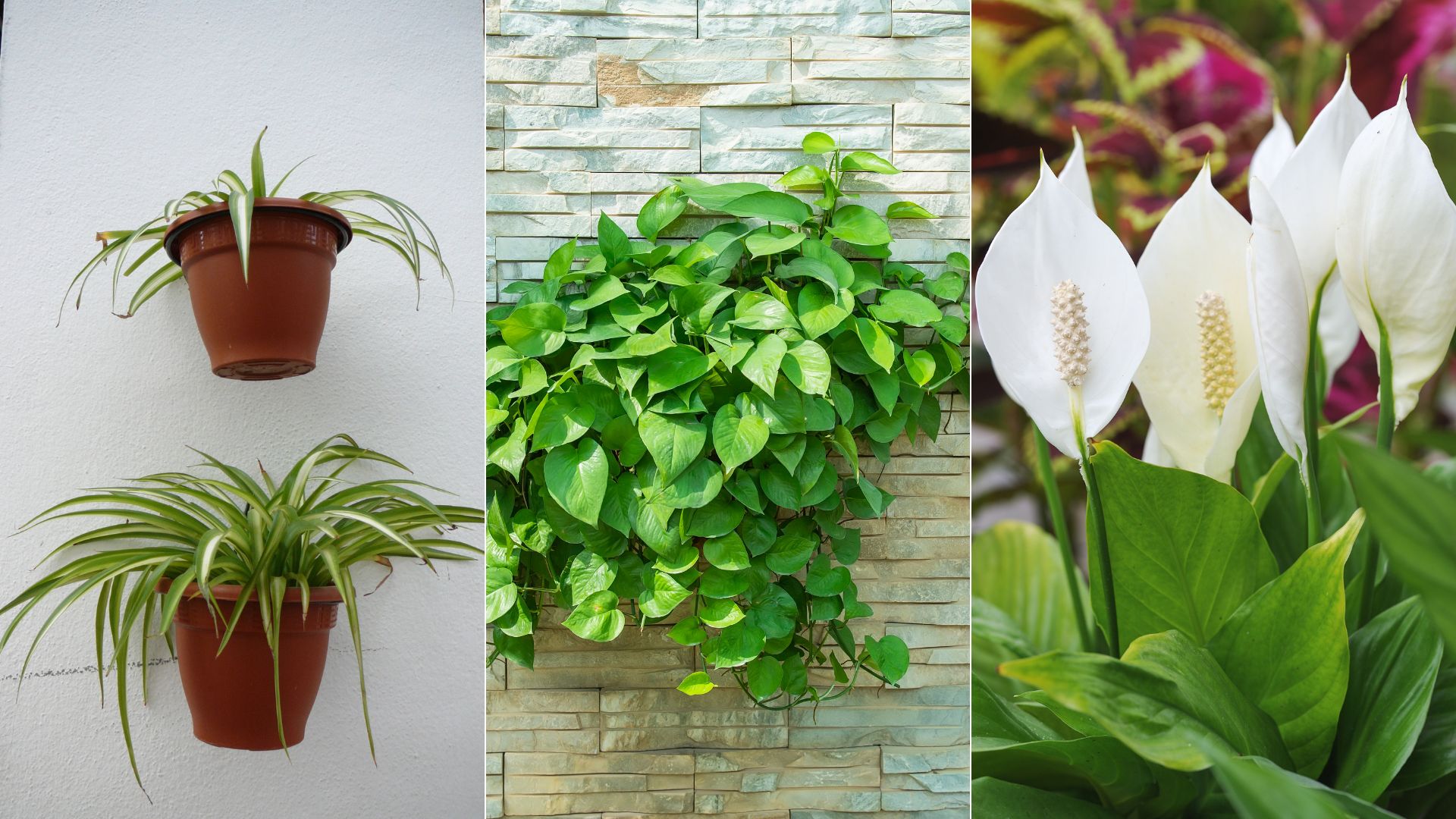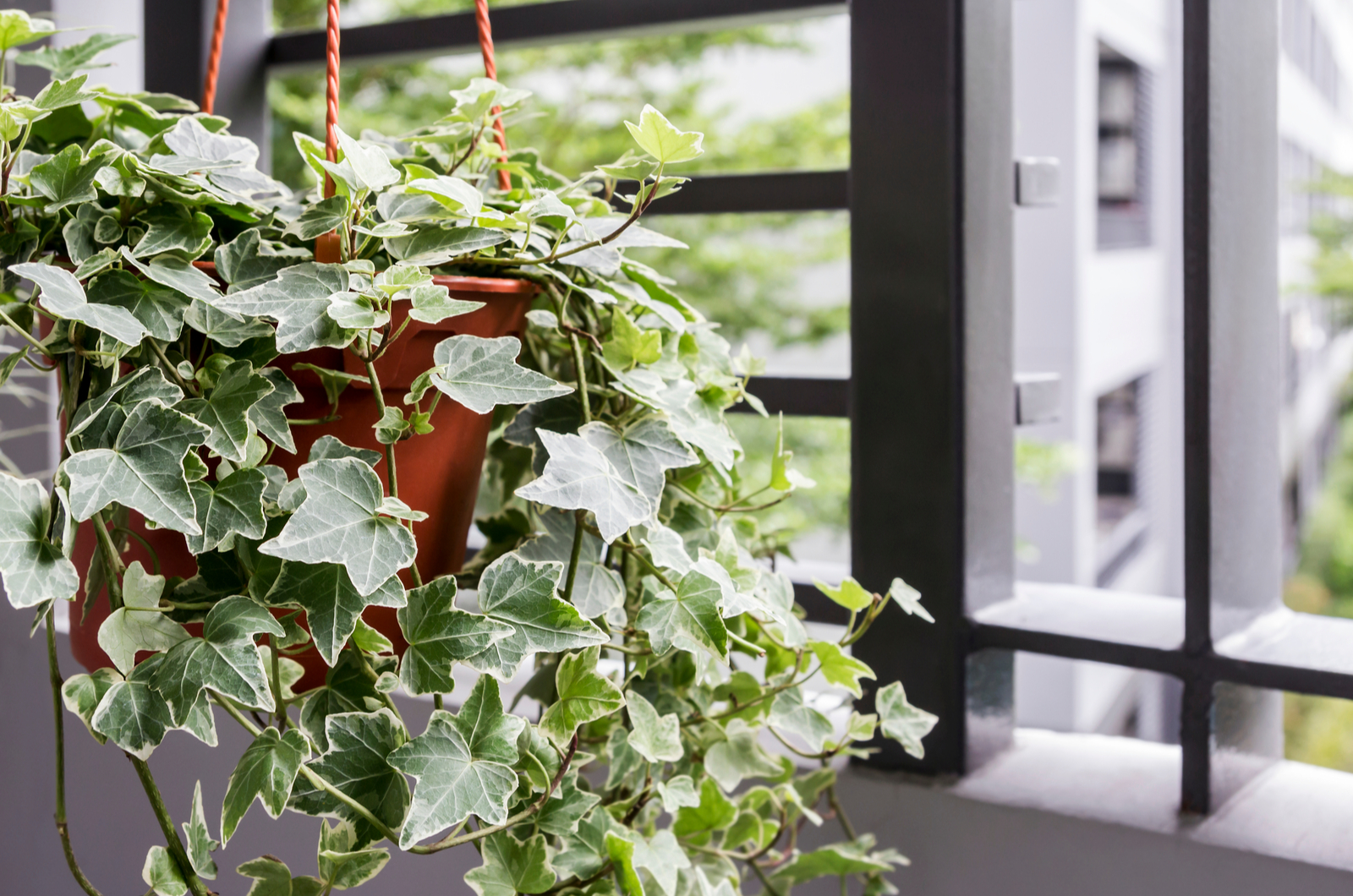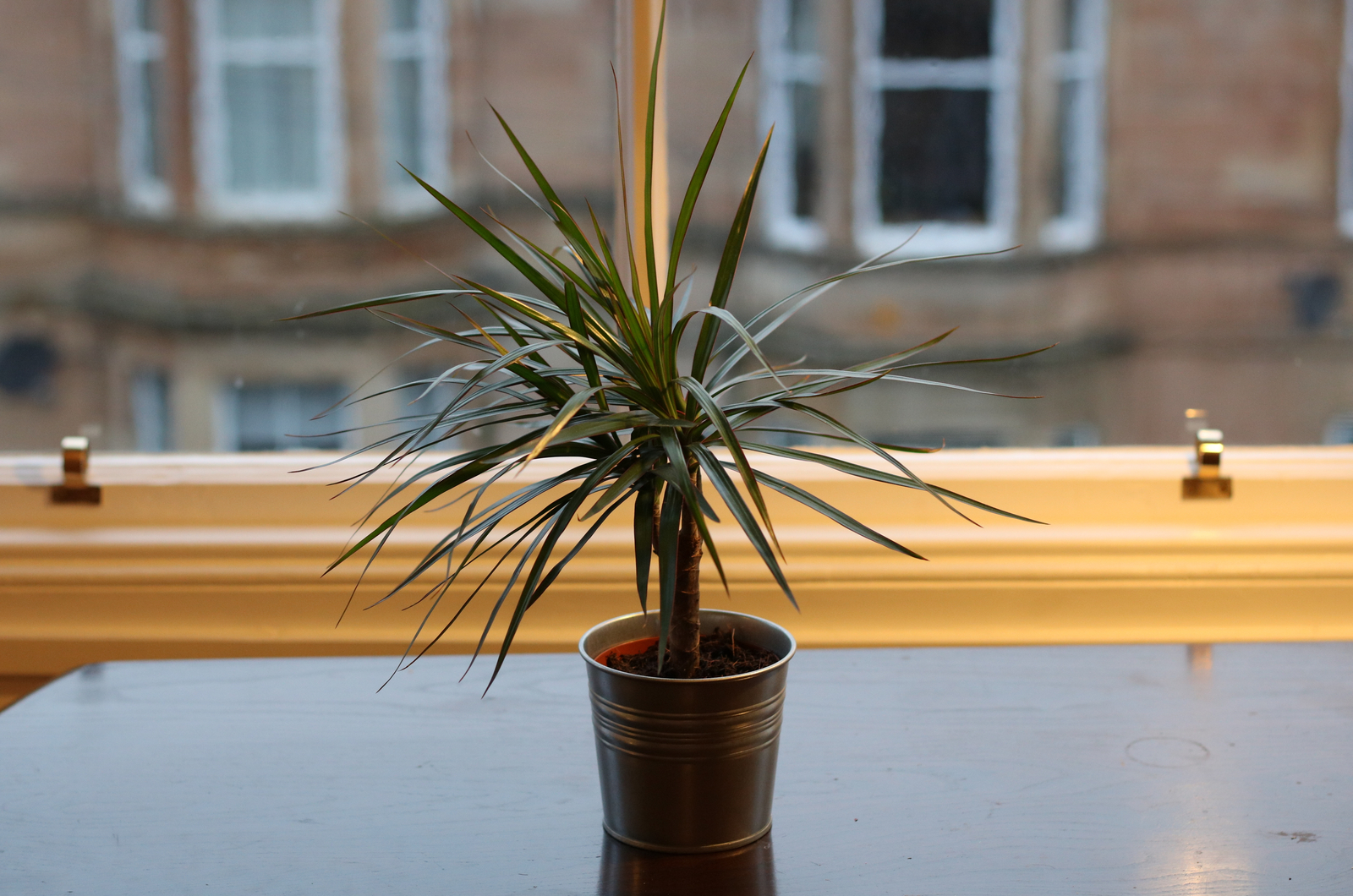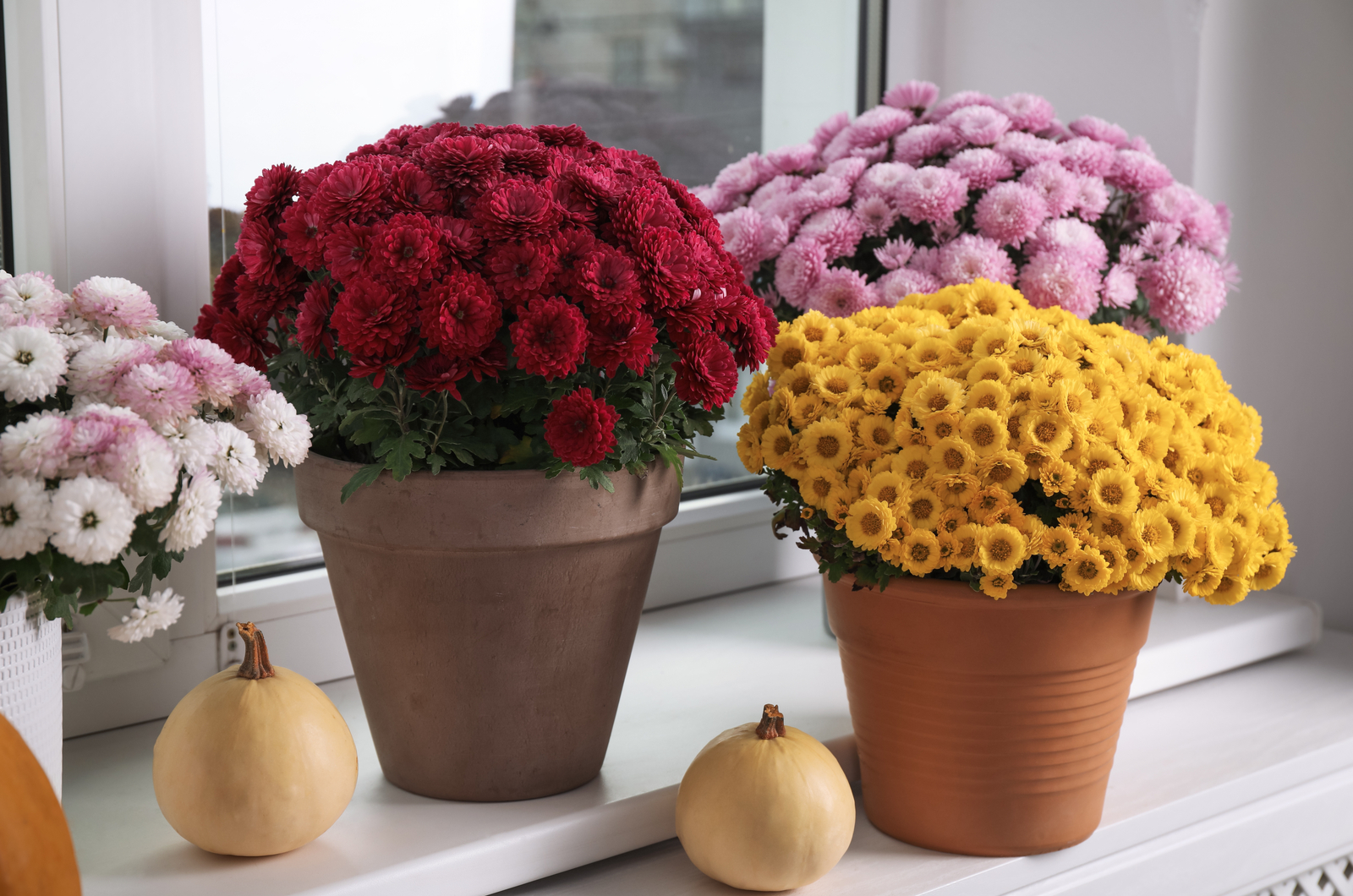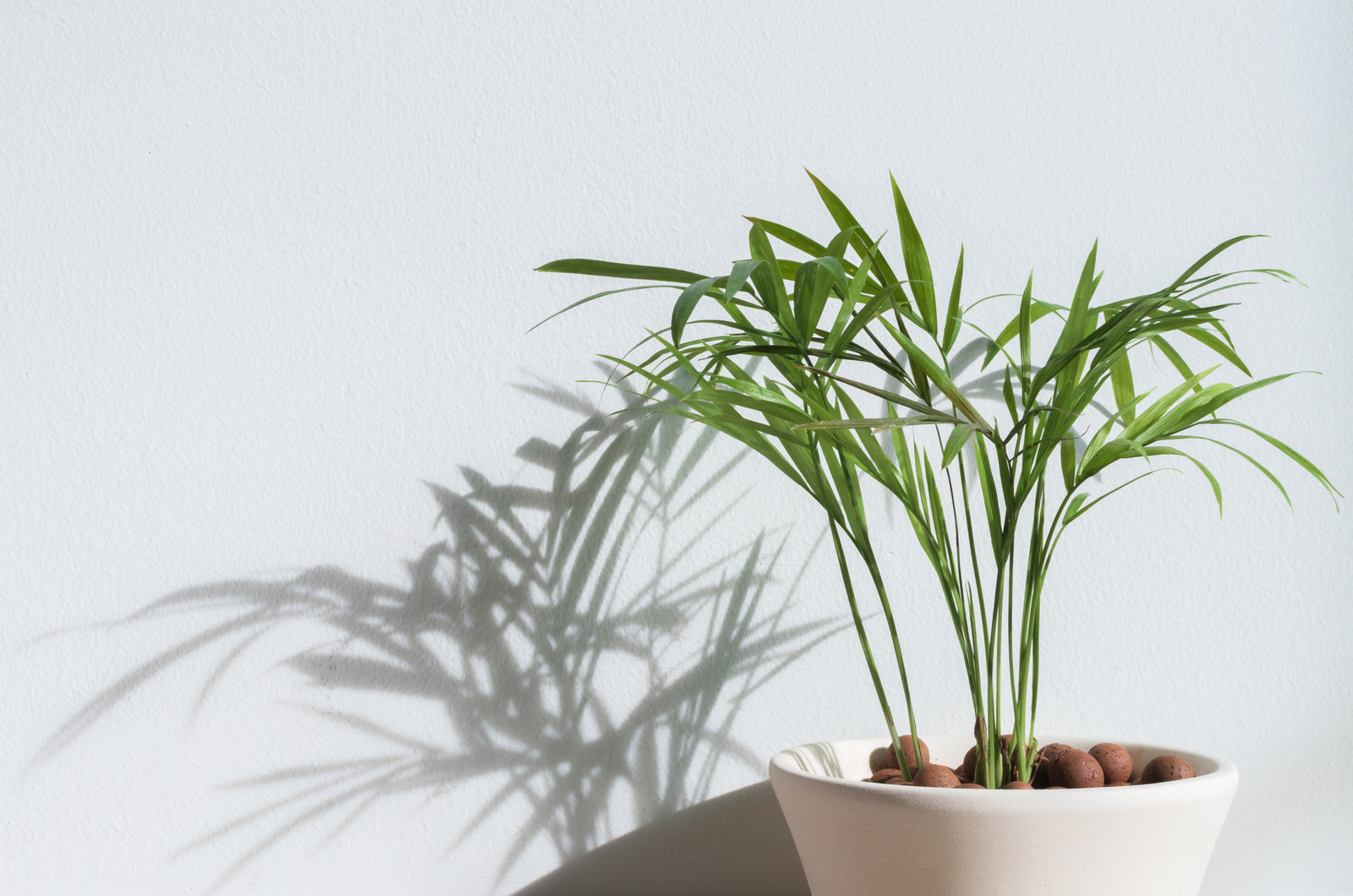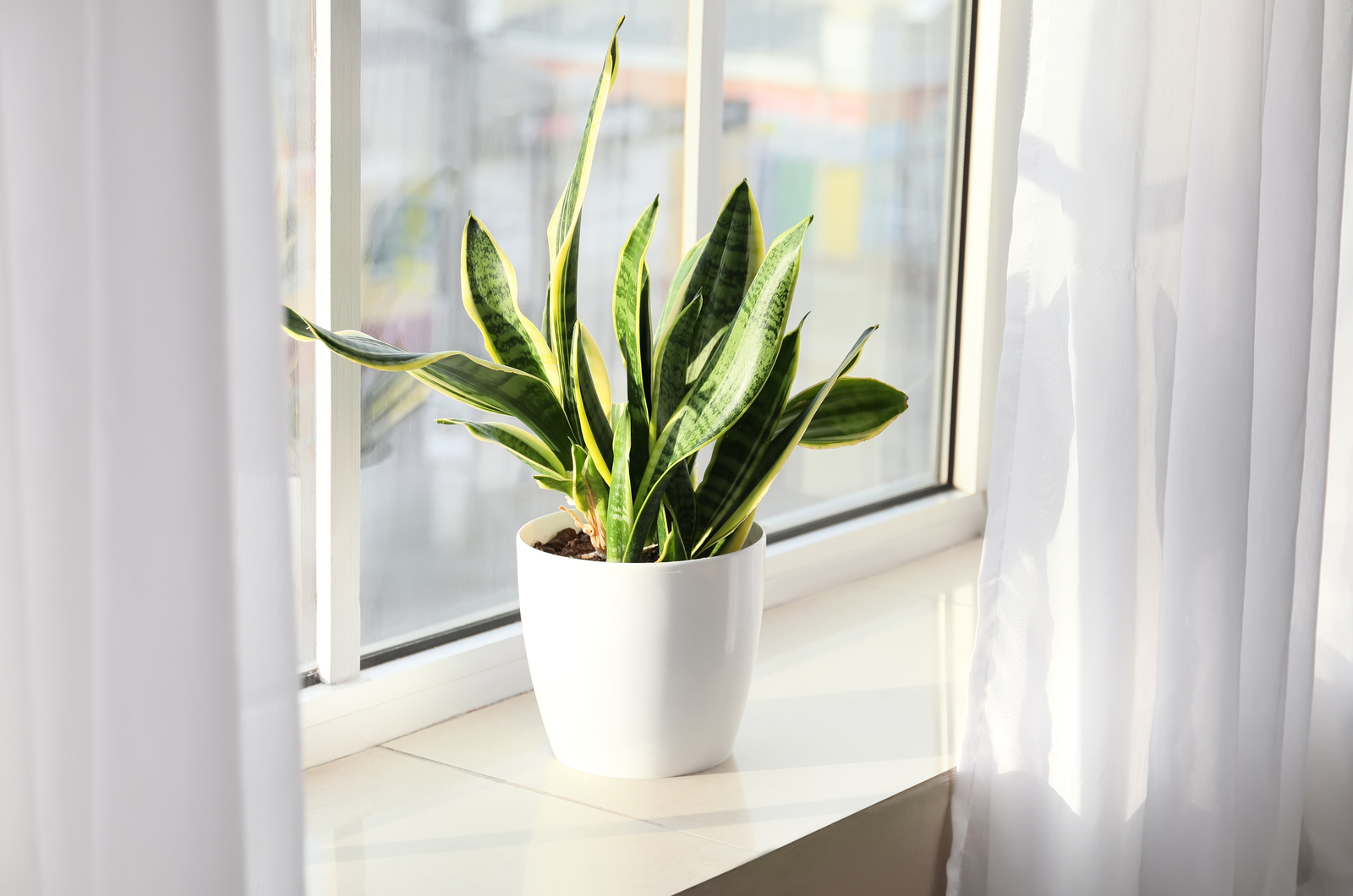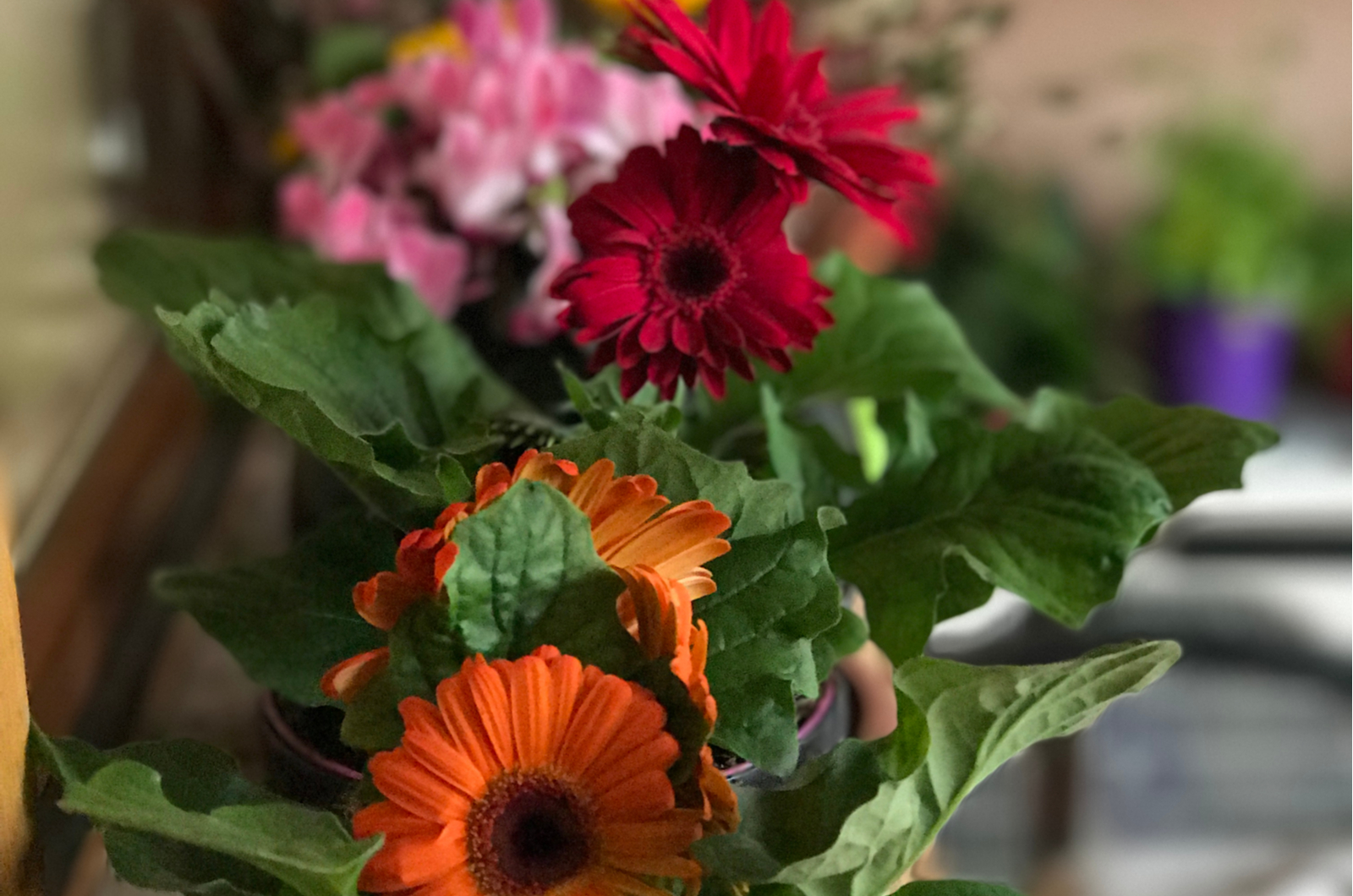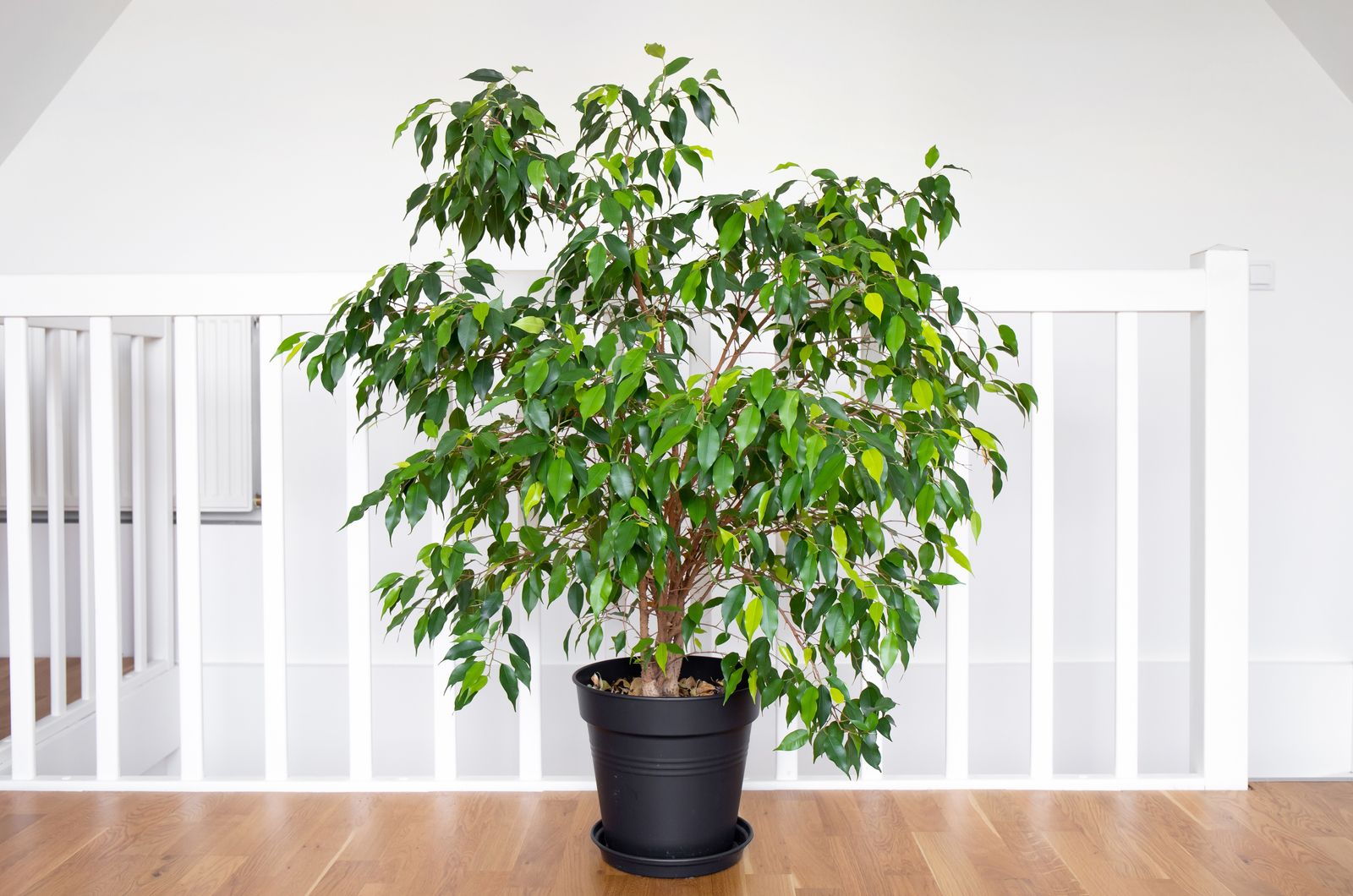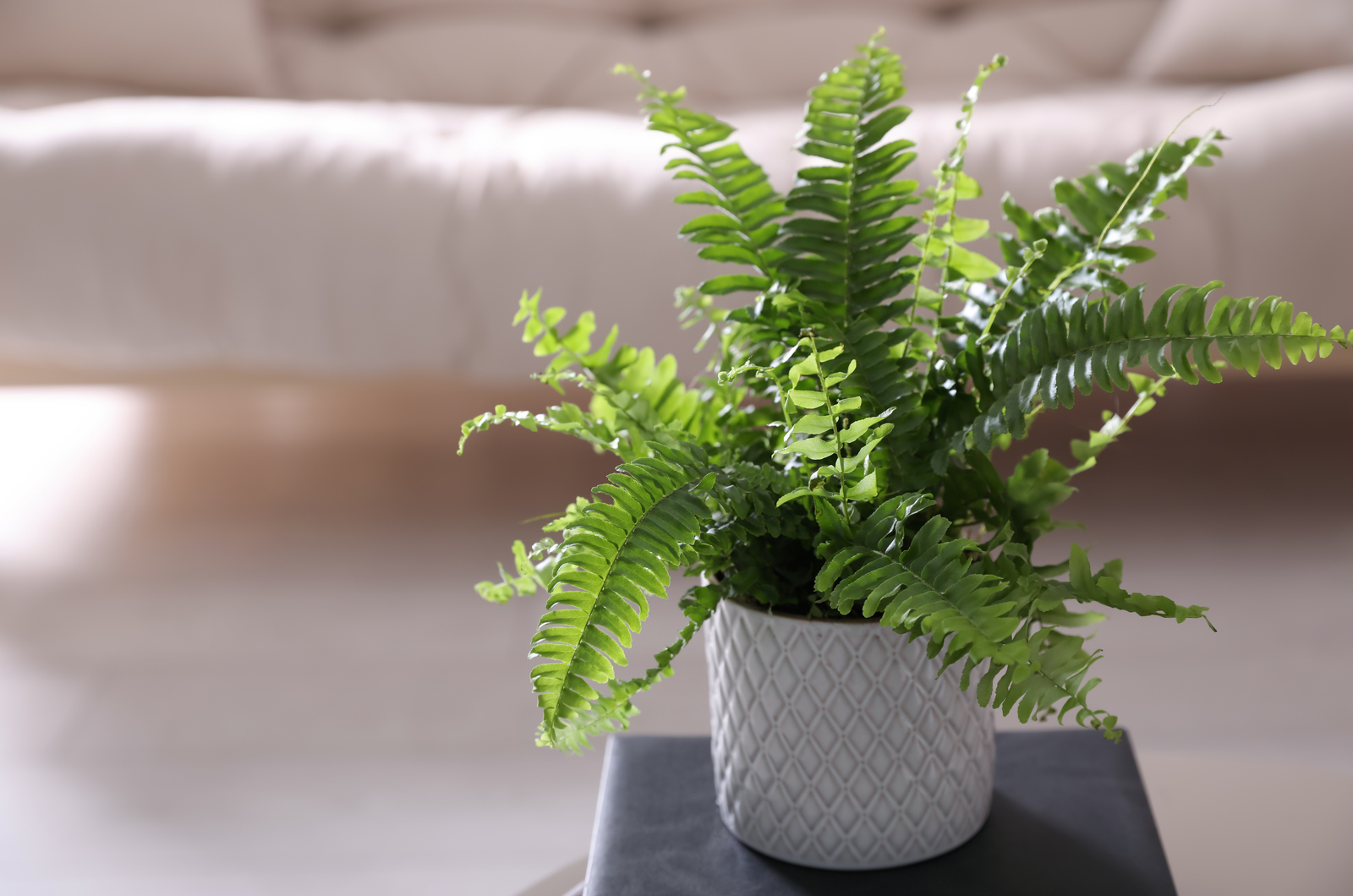The quality of indoor air has been a topic of numerous discussions lately. We’ve been provided with multiple studies on the subject and some date back to the last century.
Indoor air contains harmful substances that pose a threat to our overall health, which is why we must do anything to decrease their concentration.
In 1989, NASA offered a simple yet effective solution to this problem: growing plants indoors!
According to this research, these 18 plants are the best at naturally filtering the air in your home!
1. Spider Plant
The Spider plant aka Airplane plant belongs to the Asparagaceae family and is scientifically known as Chlorophytum comosum.
The term spider in the nickname refers to the tiny pups that resemble arachnids. Luckily, this plant won’t attract these notorious creatures but is rather beneficial for our homes.
It’s one of the plants that purifies indoor air according to the NASA Clean Air Study. The three spider plant species have been proven to be super effective in the removal of formaldehyde. (1)
2. Devil’s Ivy
Devil’s ivy also goes by the name pothos plant and is one of the most commonly grown species indoors.
This is mainly due to its low care requirements but many aren’t aware that these plants are excellent air purifiers.
Believe it or not, researchers genetically modified the pothos plant to increase its efficiency in air purification. (2)
3. English Ivy
Here comes one of the most popular trailing plants ever: English ivy. It makes a perfect addition to walls and other vertical structures.
However, one of its best features is its ability to remove high concentrations of benzene from the surrounding air.
If you have been struggling with sleep lately, English ivy also makes an excellent bedroom plant that improves sleep quality.
4. Lilyturf
Lilyturf is a common choice as an outdoor plant but it also performs well when grown indoors. It’s super-easy to maintain and if you give it enough light, it will reward you with its splendid blossoms in the first year of growth.
This plant will improve air quality in your home by removing toxic substances. Another fantastic feature of this species is that it’s non-toxic, so you don’t have to worry if your curious children or pets accidentally consume a small portion.
5. Red-edged Dracaena
This Dracaena species features multiple canes and a wide number of captivating deep green leaves with splashes of red.
It will fit perfectly in any indoor design and best of all, it will remove harmful compounds, such as formaldehyde, benzene, and toluene.
6. Peace Lily
Peace lily varieties have a spot in almost every plant collection. No matter which one you choose, you won’t be wrong.
Research has been conducted on the efficiency of pothos and peace lilies when it comes to air filtering and the results were fantastic: both species reduce concentrations of Volatile Organic Compounds (VOC). (3)
7. Chrysanthemum
These plants are mostly cultivated outdoors but they perform well indoors with minimal care. Chrysanthemums are actually one of the best flowering houseplants for beginners.
They’ll definitely add a splash of color to your indoor area and you’ll breathe easier.
8. Flamingo Lily
You’ll find flamingo lilies under the names laceleaf or anthurium and it’s another plant examined in NASA’s Clean Air Study.
The one thing you need to remember about this plant is that all its parts are toxic to humans and pets, so make sure to keep it out of reach. (4)
9. Bamboo Palm
The tall and narrow trunks of this bamboo-like palm adorn indoor and outdoor spaces worldwide. Don’t confuse it with real bamboo because these plants come from the palm family aka Arecaceae.
Bear in mind that this plant species needs a lot of space to develop, so if you have a smaller apartment but need a plant to filter the air, you might want to choose another one.
10. Dwarf Date Palm
The Dwarf date palm is commonly referred to as the pygmy palm and it’s a frequent choice of homeowners with smaller spaces.
After Nasa published its Clean Air Study, researchers examined the pygmy palm and once again proved its effectiveness. (5)
11. Snake Plant
Succulents are one of the easiest plants to maintain and the snake plant is definitely the most frequent choice.
Its fleshy, long, and variegated leaves make it one of the prettiest plants out there and if you add one to your indoor area, you can be less worried about inhaling harmful substances, such as formaldehyde, xylene, and nitrogen oxides.
12. Cornstalk Dracaena
Another Dracaena worth our attention is the fragrans species, commonly known as the cornstalk dracaena.
It’s fairly easy to maintain and if you provide it with the perfect conditions, it will reward you with unusual blossoms that resemble spike balls.
13. Barberton Daisy
If you haven’t heard of the Barberton daisy, maybe gerbera rings a bell. One of the best things about this plant, apart from the fact that it purifies the surrounding air, is that it can bloom year-round if you meet all its requirements.
It’s also a non-toxic plant and won’t exceed 24 inches, making it perfect for offices and shelves.
14. Chinese Evergreen
Aglaonema plants, commonly called Chinese evergreens, are also very effective at removing Volatile Organic Compounds from the air.
You can choose between various species, depending on the size, shape, and color you prefer.
15. Weeping Fig
If you like the appearance of trees in indoor spaces, consider growing the Weeping fig aka Ficus benjamina plant.
It improves indoor air quality and is actually one of the best plants for that purpose in hot desert climates. (6)
16. Kimberly Queen Fern
If you want to add a touch of royalty to your home decor, the Kimberly queen fern is a great way to go. Its captivating sword-shaped leaves remove toxins from the air, making the plant a true treasure.
They look fantastic in both hanging baskets and floor-standing pots.
17. Boston Fern
Another type of fern you can add to your plant collection to aid in filtering the air is the Boston fern. It’s also one of the best bathroom plants that absorb moisture. No one likes steamy windows!
The Boston fern isn’t a finicky plant and if you’re a novice gardener, this may be the best choice.
18. Broadleaf Lady Palm
We’ll end our list with the uncommon broadleaf lady palm. This species isn’t something you’ll find in every home but in my humble opinion, it deserves to be.
The Broadleaf lady palm is a slow grower and will remove benzene, xylene, ammonia, and other hazardous substances from indoor air.
Toxic Substances Found In Indoor Air And Their Effects
We’ve seen the plants that can help us remove toxic substances (7) from the air and now I would like to briefly explain what those compounds are and why they’re so dangerous.
Here is a table with all the information.
[table id=746 /]
As you can see, plant cultivation isn’t only a hobby and plants aren’t just ornaments; they can help us fight many issues present in today’s world. Add a couple of green beauties to your home and let them do their magic!
References
1. Li, J., Zhong, J., Liu, Q., Yang, H., Wang, Z., Li, Y., Zhang, W., & Agranovski, I. (2021). Indoor formaldehyde removal by three species of Chlorophytum comosum under dynamic fumigation system: part 2-plant recovery. Environmental science and pollution research international
2. McQuate, S. (2018, December 19). Researchers develop a new houseplant that can clean your home’s air. UW News. https://www.washington.edu/news/2018/12/19/new-houseplant-can-clean-air/
3. Sawada, A., Yoshida, T., Kuroda, H., Oyabu, T., & Takenaka, K. (2005). Purification Effects of Golden Pothos and Peace Lily for Indoor Air-Pollutants and its Application to a Real Environment. Ieej Transactions on Sensors and Micromachines. https://doi.org/10.1541/ieejsmas.125.118
4. Children’s Health Queensland Hospital and Health Service. (2017). Flamingo flower (Anthurium andraeanum). Children’s Health Queensland. https://www.childrens.health.qld.gov.au/poisonous-plant-flamingo-flower-anthurium-andraeanum/
5. Baosheng, Kang & Shibata, S.-I & Sawada, Ayako & Oyabu, Takashi & Kimura, Haruhiko. (2009). Air Purification Capability of Potted Phoenix Roebelenii and Its Installation Effect in Indoor Space. Sensors and Materials
6. Al Qassimi, N., & Jung, C. (2022). Impact of Air-Purifying Plants on the Reduction of Volatile Organic Compounds in the Indoor Hot Desert Climate. Frontiers in Built Environment
7. Which chemicals found in indoor air are causing the most concern? (n.d.). https://ec.europa.eu/health/scientific_committees/opinions_layman/en/indoor-air-pollution/l-3/6-harmful-chemicals.htm

